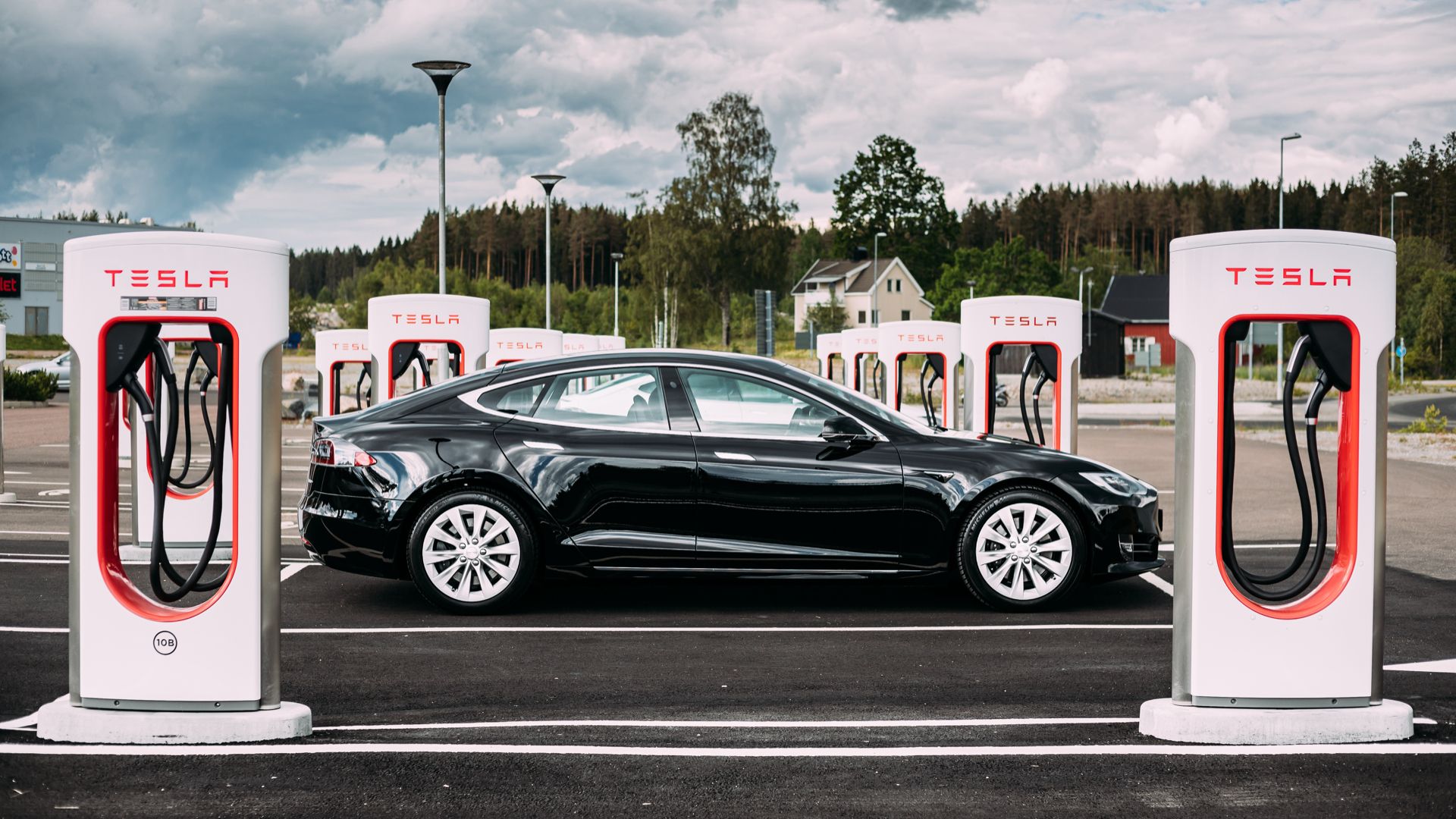Electric vehicles (EVs) have revolutionized transportation by offering reduced carbon emissions and a more sustainable future. As the adoption of these eco-friendly modes of transport proliferates, many inquisitive users often wonder, “Can you charge your EV while it’s on?” In this article, we will delve into the intricacies of charging electric vehicles while they are operational, addressing common concerns and providing a comprehensive understanding of the process.
Understanding the Basics of EV Charging
Charging an electric vehicle involves transferring electrical energy from a power source to the vehicle’s battery system. Typically, this is accomplished through various charging methods, including Level 1 (standard household outlet), Level 2 (240-volt home or public charging stations), and DC Fast Charging. Each of these methods varies in terms of charging speed and efficiency.
Before we dive into whether you can charge while your EV is turned on, it’s essential to understand the basic functioning of an electric vehicle’s charging system. Generally, an electric vehicle’s battery management system regulates how much power is drawn from the source to protect the battery from overcharging and overheating—a critical aspect of EV technology.
The Mechanics of Charging While the Vehicle is Operational
Many manufacturers design their vehicles not only to charge while turned off but also while running. A common question arises: is there a difference between charging an EV while it’s on as opposed to when it’s off? The answer often hinges on how the vehicle is engineered.
Charging while your EV is operational primarily involves auxiliary systems that draw a minimal amount of energy. For instance, while the vehicle is in drive or stationary, systems like the climate control or the infotainment center may still consume power, albeit trivial compared to overall battery output. However, the fundamental electric circuitry allows for charging while these systems are active.
Moreover, electric vehicles equipped with regenerative braking technology can also recover energy during operation. As you drive, this technology converts kinetic energy back into stored energy, effectively enhancing overall efficiency. This process often accelerates when the vehicle is in motion, leading to a unique symbiosis of energy consumption and generation.
Practical Considerations and Limitations
Even though you may charge your electric vehicle while it’s on, certain practical considerations merit attention. The vehicle’s battery management system will dictate how effectively the charging occurs. If the vehicle is engaged in demanding activities—such as intense acceleration or heavy use of electrical systems—charging may be less efficient. In extreme cases, the energy drawn from an ongoing charge could be outpaced by the energy consumed by the car’s operations.
Furthermore, charging while on may influence battery health over time. Continuous charging while certain systems are active can potentially expedite battery wear, especially if the vehicle’s thermal management system is unable to dissipate heat adequately during both charging and operation. Ultimately, it’s essential to consult your EV’s user manual or manufacturer’s guidelines for recommendations on charging practices and battery care.
Charging Infrastructure Compatibility
Another important aspect to consider is the charging infrastructure. Charging stations, whether public or private, come equipped with different outputs and functionalities. Some charging stations offer the capability to charge vehicles while environmental systems are in operation; however, some older models might impose restrictions when the vehicle is running due to their lower energy outputs.
Most modern charging stations are equipped to handle these situations gracefully, but it’s always prudent to check compatibility with your specific electric vehicle. Additionally, understanding the type of plug and outlet your vehicle requires will allow a seamless charging experience, irrespective of whether the vehicle is in motion or stationary.
Emergency Situations and Real-World Scenarios
There may be instances where charging an EV while it is on can be beneficial. For example, during a long road trip, a driver may need to utilize the vehicle’s air conditioning system while charging. In such cases, drivers could plug into a charging station while remaining inside, comfortably operating the vehicle’s amenities. This proves especially useful in extreme weather conditions, ensuring passenger comfort without sacrificing battery life.
However, it’s worth noting that safety should always come first. Being overly reliant on charging while the vehicle is operational can foster complacency. During emergencies or unforeseen circumstances, it’s crucial to switch off the vehicle, allowing the battery management system to function unhindered, protecting both the vehicle and personal safety.
Conclusion
In essence, charging your electric vehicle while it’s on is not only feasible; it can be a pragmatic choice under specific circumstances. Nonetheless, understanding the nuances and technicalities involved, considering your vehicle’s unique capabilities, and adhering to recommended practices ensures an optimized and safe charging experience. As electric vehicles continue to evolve, so too will their technology, offering even more efficiency and flexibility for users. The endeavor toward a sustainable transportation future stands on the shoulders of curiosity and informed decisions.
